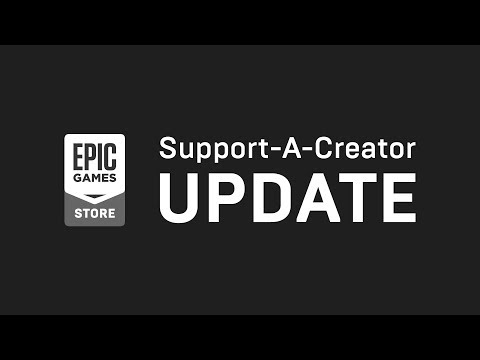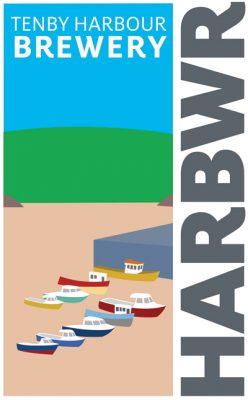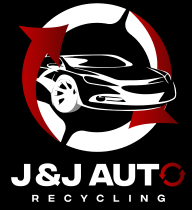
The idea of always making small improvements is not dissimilar to lean manufacturing, especially with the emphasis of eliminating waste. Watch a short video of an assembly job and try to identify opportunities for improvement. See if your ideas match the final outcome and examine how continuous improvement is not just about improving productivity but respecting people.

It provides employees with visual cues that tell them it is time to order parts and materials as they run out. KAIZEN™ is introduced to the world for the first time, as a systematic management methodology. When putting together a team of employees to tackle the issue, it is important to include employees who encounter the issue directly and employees from other departments who may provide fresh perspectives.
What is the Kaizen Methodology and Its Goals?
At its core is the idea of brainstorming amongst all the team with a view to
finding weaknesses, receiving suggestions on how to solve them, and developing
the best approach to implementing the new ideas. Accepting and implementing Kaizen as an effective way of improving work quality sets the organization for operational excellence. As a methodology, Kaizen improves certain areas in an organization by engaging top management and front-line employees to make notable daily changes, conscious that small incremental improvements can yield big results. Most notably, Toyota employs the kaizen meaning and philosophy within its organization. To improve its production system, Toyota encourages and empowers all employees to identify areas of potential improvement and create viable solutions.

I can remember years
ago when I was a boy, everyone sneered at the neighbour down the road who owned
a Japanese car. The 5S in the Kaizen system shows the concept of continuous improvements and notable actions taken to reduce waste. An organization’s senior management consultant shows commitment to continuous improvement when it immediately takes what are the 5 elements of kaizen? action on the small incremental changes and follows through with significant long-term initiatives. In the business world, Kaizen refers to a mindset where continuous improvement is experienced in the organization through notable gradual improvements. Gemba walks typically have a theme and will usually focus on a specific process or waste.
What are the 5 main Kaizen principles?
But hopefully, it can be seen that an understanding of the philosophy, methodology and goals of Kaizen is far more important to your business than what you would like to call it. The
practical application of Kaizen within an organization is via a Kaizen Event. This is usually a team workshop held over two to five days
in which goals are set for quite a substantial issue that requires improvement.
What is Kaizen (Continuous Improvement)? – TechTarget
What is Kaizen (Continuous Improvement)?.
Posted: Mon, 07 Feb 2022 21:54:09 GMT [source]
Workers close to a particular process often have suggestions and insights that can be tapped about ways to improve the process and reduce waste. In some cases, kaizen may provide a vehicle for engaging broad-based organizational participation in continual improvement activities that target, in part, physical wastes and environmental impacts. Lean production is founded on the idea of kaizen – or continual improvement. This philosophy implies that small, incremental changes routinely applied and sustained over a long period result in significant improvements.
Advantages and disadvantages of Kaizen
The team meets regularly to brainstorm and identify possible solutions to the bottleneck issue. Imagine that you work in a manufacturing plant and you’ve noticed a bottleneck in the production process causing delays. You come up with an idea for eliminating this bottleneck by reorganizing the layout of the production line.
- Imagine that you work in a manufacturing plant and you’ve noticed a bottleneck in the production process causing delays.
- It was publicly and officially introduced to the world in the 1980s as a systematic methodology through the best-selling book “KAIZEN™” by Masaaki Imai, the founder of Kaizen Institute.
- Kaizen focuses on waste elimination activities that optimize existing processes and that can be accomplished quickly without significant capital investment.
- No matter where your organization is in the process of implementing Kaizen, a process map will help get an accurate state of business processes.
- Well, Kaizen could well be placed amongst these; “Kai” meaning
“change”, “Zen” meaning “become good.” Namely, as a concept; doing something
for the genuine good of the people or process. - But hopefully, it can be seen that an understanding of the philosophy, methodology and goals of Kaizen is far more important to your business than what you would like to call it.
It’s essential to communicate the benefits of the changes and involve employees in identifying areas for improvement. Due to the breaking down and even distribution of tasks, objectives are easier to approach, and the permanent changes resulting from improvements often focus on simplification and efficiency. Employee ideas are a key component of kaizen because it encourages people to think critically about their tasks and identify areas for improvement. Kaizen can be a powerful tool for uncovering hidden wastes or waste-generating activities and eliminating them. Kaizen focuses on waste elimination activities that optimize existing processes and that can be accomplished quickly without significant capital investment. Following initial implementation, management seeks to obtain feedback from employees and find out which new procedures aren’t working, so that they can be tweaked.
Increased Customer Satisfaction
Through Kaizen events, organizations and employees can better understand Kaizen and its principles and, as a result, can apply Kaizen to all areas of their performance. Measuring the impact of a minor, incremental improvements can be challenging. Establishing clear metrics and tracking progress over time is critical to ensure your kaizen efforts pay off. Some employees may resist changing how they work, even if the changes are meant to improve efficiency and productivity.
- By using the PDCA cycles, organizations can identify areas where resources are being wasted and take steps to reduce or eliminate this waste.
- One of the methods used alongside Kaizen and by Lean practitioners in general to identify problems is the 5s framework.
- Once the planning portion of a kaizen event is through, it’s time to implement the changes that have been agreed upon during the planning stage.
- This strategy gives every individual in the organization a sense of responsibility and ownership of continuous improvement efforts, which will inevitably result in successfully implementing the Kaizen philosophy.
Kaizen
seeks to correct these shortfalls and simultaneously does not strive to alter
everything in one go. Its small, immediate and incremental improvements need
far less capital investment. If you
consider the logistics of many operations, a great deal of time, effort and
money are wasted. Just sit in a restaurant and observe the below-average waiter
making three trips to the kitchen when he could have done all his tasks in one.
Quality Management
At times this
can be comparable to more commonly known ideas like Time and Motion studies
from business efficiency techniques of the 20th Century. The quality
of a product has thankfully once again become a key buying point for most
consumers. No longer content with purchasing the cheapest whatever the quality,
the market is demanding something good at a competitive price and Kaizen
recognizes this in its ideas on continuous improvement.
Kaizen Process Improvement in Radiology: Primer for Creating a … – RSNA Publications Online
Kaizen Process Improvement in Radiology: Primer for Creating a ….
Posted: Fri, 25 Mar 2022 07:00:00 GMT [source]



